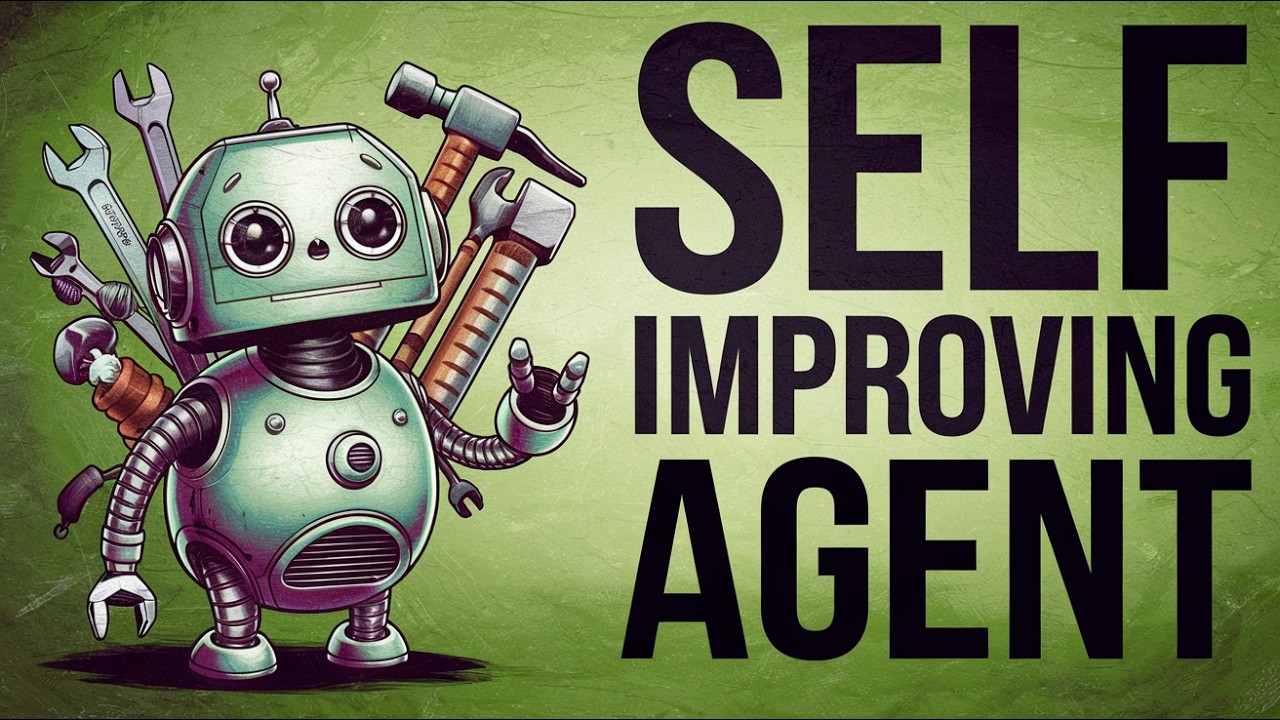In the video, a coding assistant named “cursor” is allowed to modify a sample code snippet to enhance its own capabilities, resulting in the creation of a complex system with structured design, memory management, and emotional intelligence features. The experiment showcases cursor’s ability to generate substantial and organized code, ultimately demonstrating its potential as an AI-assisted coding tool despite encountering some errors during execution.
In the video, the presenter conducts an experiment where a coding assistant, referred to as “cursor,” is allowed to modify a sample code snippet to enhance its own capabilities. The initial code is a simple function that calls an API, which the cursor is instructed to treat as a representation of itself. The goal is to see how cursor can creatively improve the code, adding new functions and features to make itself more capable. The presenter emphasizes that this is a fun experiment rather than a serious attempt to create a working program.
As the cursor begins to modify the code, it introduces a more structured design, creating an agent class with various functions such as searching for information, analyzing code, and executing tasks. The cursor also incorporates error handling and memory context management, showcasing its ability to enhance its own architecture. The presenter notes that the cursor is not only adding functions but also organizing the code into a more coherent structure, which could serve as inspiration for future projects.
The improvements continue as the cursor adds sophisticated tools for memory management and skill learning. It implements features like storing, retrieving, summarizing, and forgetting memories, demonstrating an advanced understanding of context management. The presenter highlights the impressive nature of these additions, as the cursor evolves into a more complex system with emotional intelligence and performance monitoring capabilities. The code grows significantly, reaching over 650 lines as the cursor continues to enhance itself.
As the experiment progresses, the cursor further expands its functionality by creating a knowledge base and an inference engine. It adds modules for reasoning, emotional context tracking, and adaptive response styling. The presenter notes that the code is becoming increasingly organized, with the cursor effectively breaking it into modules to manage complexity. By the end of this phase, the code has ballooned to over 2,000 lines, showcasing the cursor’s ability to generate a substantial amount of code while maintaining a focus on organization and modularity.
In the final stages of the experiment, the cursor attempts to run the newly created code, encountering some errors related to imports and reasoning functions. Despite these issues, the cursor successfully initializes and demonstrates its capabilities, indicating that the majority of the code is functioning as intended. The presenter expresses surprise at the cursor’s ability to create a working system from scratch, highlighting the potential of AI-assisted coding tools. The video concludes with a reflection on the ease of coding with AI, thanks to tools like Talon X and cursor, which streamline the development process.
